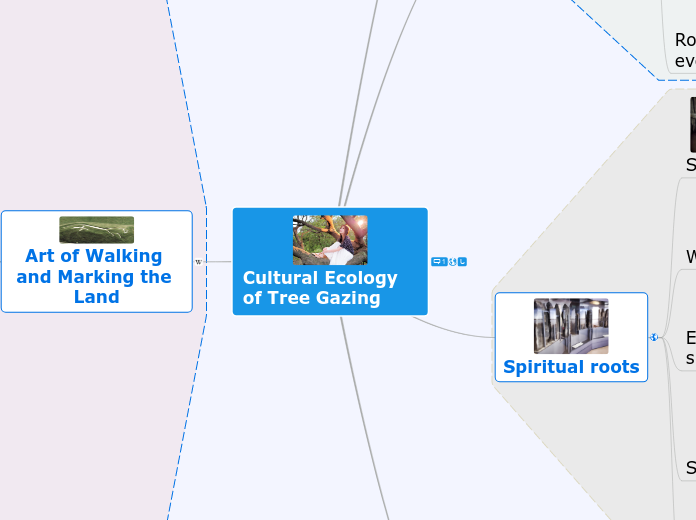rThe architectural historian Nikolaus Pevsner called the landscape garden Britain's major contribution to the visual arts, and this course aims to explore why and how that came to be so. Beginning in the mid 17th century, when grand gardens were laid out in formal style, the course traces the development of garden style across five centuries. There is special emphasis on the early-18th-century landscape garden, as perhaps the high-point, when politics, art, science, philosophy and gardening intersected in an unprecedented way. Later in the century Capability Brown made the style his own, creating a landscape monopoly across Britain, before Humphry Repton brought back an element of formality in the Regency period. The 19th century witnessed the apogee of the head gardener and the creation of the first public parks, while new plant introductions from China and elsewhere provided new impetus to horticulture.The 20th century was one of the richest periods in English garden history and will be fully explored here. Gertrude Jekyll pioneered the colour-themed herbaceous border and her partnership with architect Edwin Lutyens created what is often seen as the perfect stylistic union between house and garden. The story is brought right up to date with modules on 20th-century planting theory and contemporary art or sculpture gardens such as Little Sparta.The Baroque background, 1650-17001 The Anglo-Dutch Gardens of the William and Mary period Vanbrugh and Castle HowardCharles Bridgeman, a 'transitional designer?2. Queen Anne and Early Hanoverian Gardens, 1701-13The rise of PalladianismLord Burlington and Chiswick House gardens3. Whig and Tory landscape gardens, 1710-1730Alexander Pope at TwickenhamNew plants from foreign climes4. William Kent and the Patriot Opposition, 1730sKent's gardens for Princess CarolineLord Cobham's political gardening at StoweThe Jacobite garden5. Capability BrownKey works by Brown Brown's contemporaries: Woods, Emes and co6. Humphry Repton and the RegencyThe gardens at the Royal Pavilion, BrightonSheringham, Norfolk, as the apogee7. Victorian gardening J.C.Loudon and the 'gardenesque'Carpet bedding and the rise of the public parkThe impact of new plant introductions8. Gertrude Jekyll and Arts and CraftsThe partnership between Jekyll and Edwin LutyensWilliam Robinson and the wild garden9. Gardening in the 20th Century Mid-century development of the herbaceous traditionColour theory reaches its climax and is superseded by New Perennials in the late 1990s 10. Modern Gardens through the 20th centuryThe impact (or otherwise) of Modernism Key late-century gardens by Jarman, Jencks, Strong and Finlay
